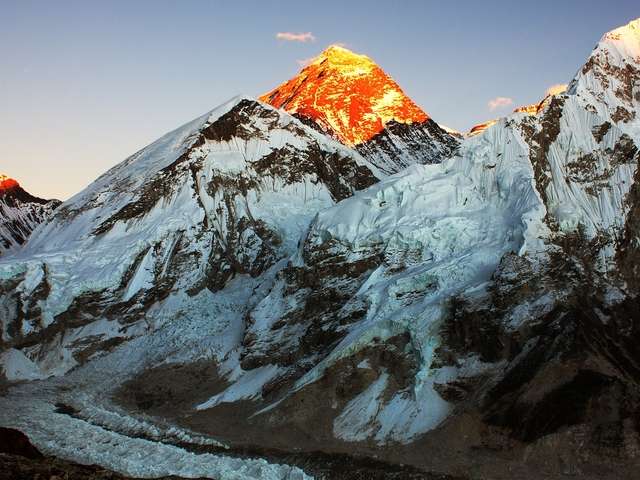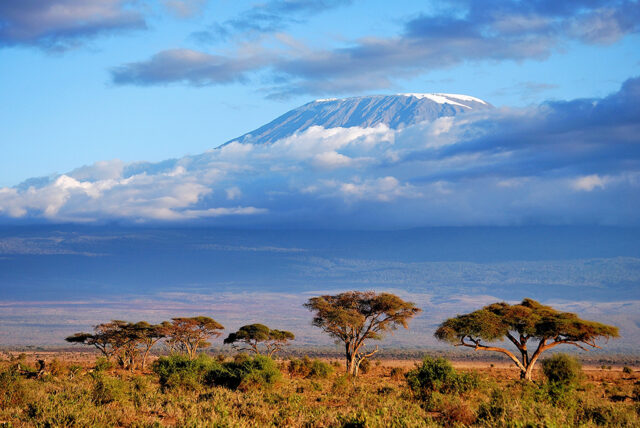
Planning to climb Kilimanjaro? Here are our top 10 tips for first time climbers based on what we have learned from running 100s of climbs and our 10 years on the mountain. Kilimanjaro is a challenge but as long as you’re in reasonably good shape a successful climb is possible with proper planning. Read on to discover our top tips and links to our most read blog posts on Kilimanjaro.
1. Training for Kilimanjaro – How difficult is the climb? No matter which route you take, the real challenge of Kilimanjaro is the summit day. On the summit day we will start climbing around midnight and it’s a steep 6 hours up to the crater rim after which you have another hour up the gently sloping crater rim to the actual summit. Upon reaching the summit you need to head back down past the high camp to either Mweka Camp or Horombo Hut depending on which route you take. All in all it’s about 14 hours of hiking in a 24 hour period. Here are two blogs to get you started:
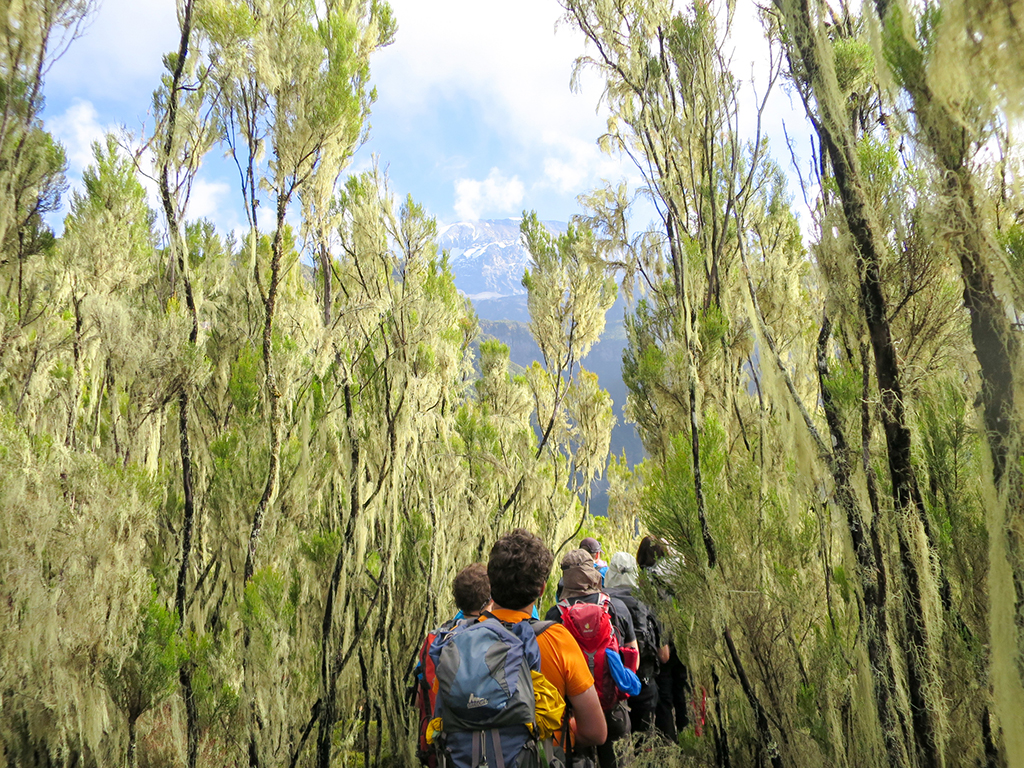
2. The Routes of Kilimanjaro – One of the confusing aspects about planning a climb can be choosing a route. In general, the longer you spend on the mountain the better you acclimate and reduce your chances of getting altitude sickness which means the longer routes have higher success rates. If you have not climbed at high altitude before we generally recommend either the Machame or Lemosho Route. However, the shorter 5 Day Marangu Route does have the advantage that you get to stay in the mountain huts instead of camp.
3. When to Climb Kilimanjaro – Kilimanjaro is right at the equator and temperatures are nearly the same year round so the main consideration is avoiding the rain. You can pretty much climb any month of the year but should avoid the period from Mid-March to early-May which is the primary rainy season. A secondary rainy season occurs in November and December but rains are usually lighter and only last a few hours so it’s still a good time to climb. If you’re planning a safari as well you might want to consider September or early October when the Wildebeest start to migrate back into Tanzania from Kenya. If you are looking at one of the rainy months you should consider the Rongai Route which tends to stay the driest.
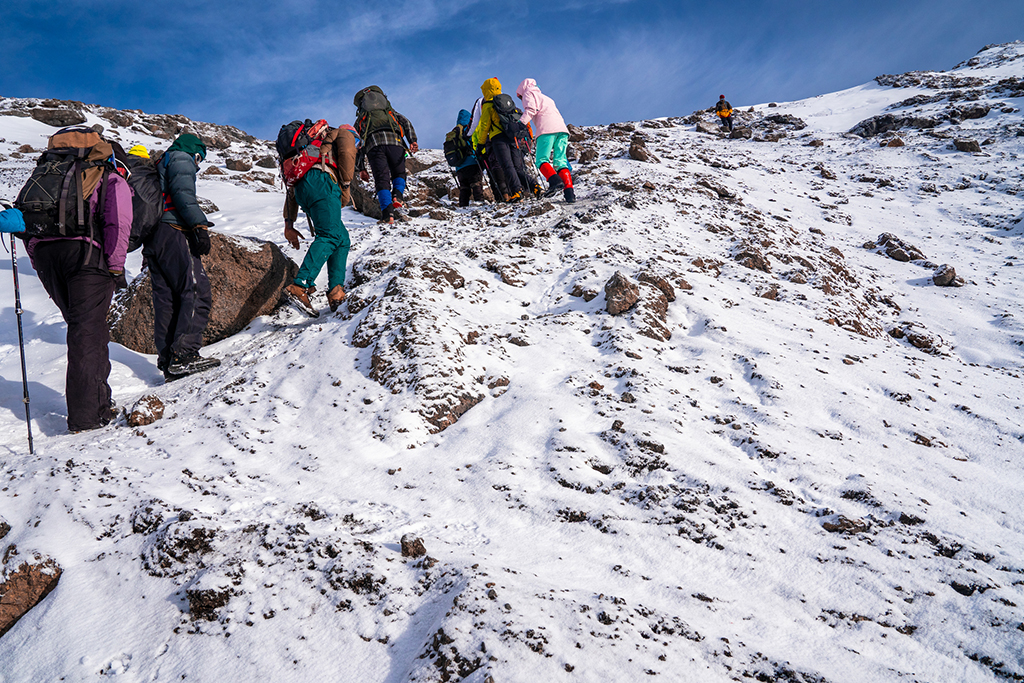
4. Packing List for Kilimanjaro – We supply your tent, sleeping bag and an insulating ground mat for sleeping. We will give you a duffel bag to use (the porters will carry this), and any extra luggage can be left in the hotel. Climbers need to bring their own personal climbing gear. You can find our full packing list at the following link. It’s possible to rent gear in Moshi and you can get everything you need for less than $150 but it’s generally not the best quality although it will get you up the mountain.
5. Acclimatization on Kilimanjaro – The most common problems climbers face going up Kilimanjaro are with altitude sickness. It’s fairly common for most climbers to have at least some minor symptoms of Acute Mountain Sickness such as trouble sleeping, headache or getting out of breath easily. However, if your symptoms progress it’s important to be able to recognize the more serious symptoms and know when to stop and head back down. Guest safety is our number one priority and our guides will measure your blood oxygen and heart rate daily as well as check with you on any symptoms. All of our guides have summited over 100 times, are Wilderness First Aid Certified and have taken a special course on AMS related issues so are excellent at recognizing issues as they develop on the mountain. We bring Oxygen on every climb but it’s only to be used for guests with AMS if it’s decided they need to head back down.
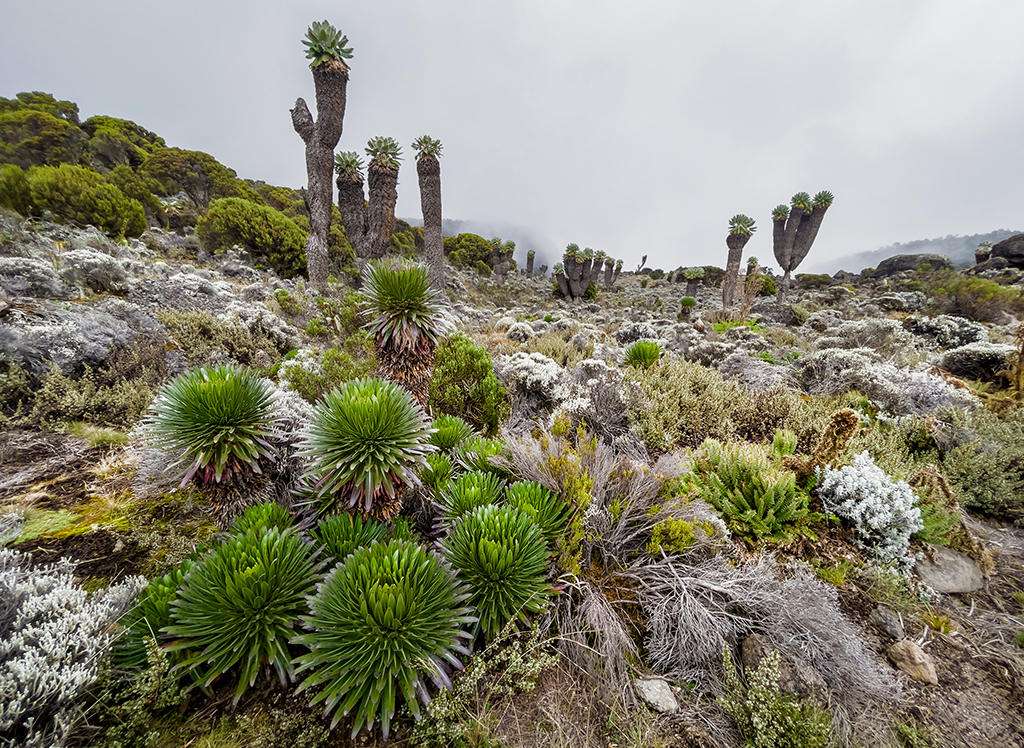
6. What’s Cooking on Kili? After a hard day on the trail the typical climber can often be found daydreaming about the next meal or what they will eat when they finish the climb. We provide dining tents on every climb and hot meals at breakfast and dinner along with a packed lunch for the trail. Local specialties in Moshi include locally grown coffee, banana stews and beer as well as Nyama Choma which is the local barbeque. You can check out more details and our climbing menu at the following blog post.
7. Porters & Guides- Taking Care of the Team – Most climbing operators in Tanzania rely on hiring freelance guides as they are needed. We hire all of our guides on a full time basis and many have worked with us from day one (nearly 10 years ago). We conduct semi-annual training with the team which includes a WAFA certification and English classes. Porters and assistant guides are given opportunities to advance and learn English so they can become full time guides. We know we have the best team on the mountain, and we’ve built that team by investing in our team consistently over the years.
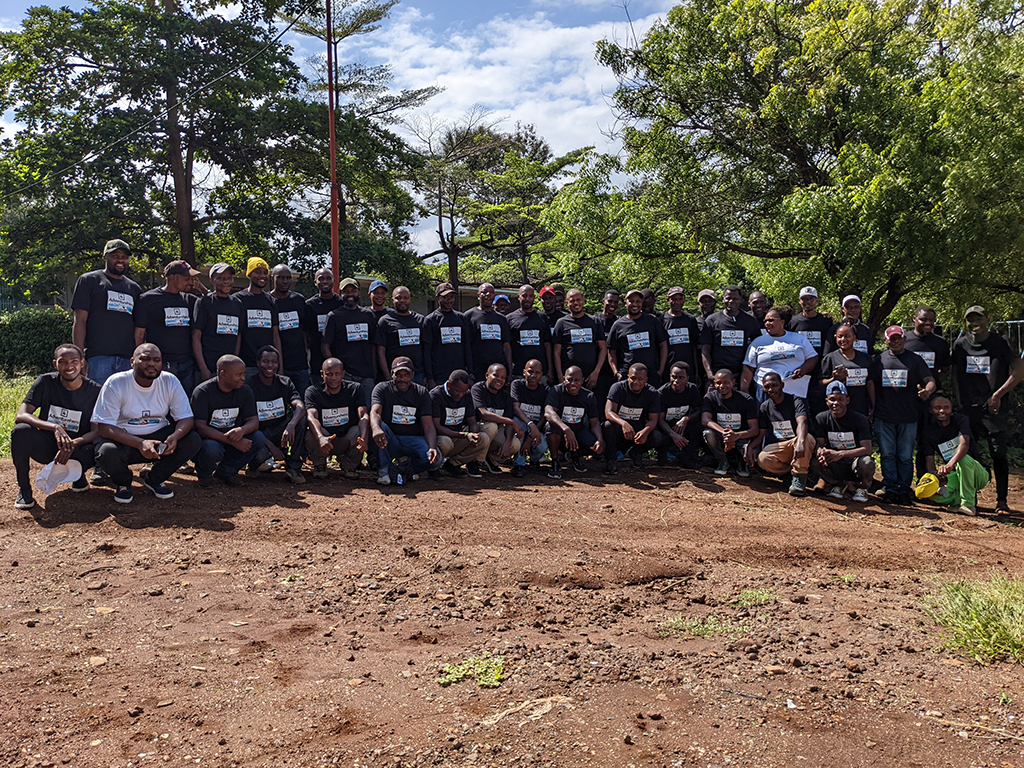
8. Top Quality Gear – We provide tents, sleeping bags and sleeping mats on every climb. All of our tents are 4-season and built to withstand the tough conditions on the mountain. We use both North Face and Black Diamond Tents and Mountain Hardwear Sleeping Bags. All of our sleeping bags are good to -20C / 0F. We import new gear for climbs on a yearly basis from the US.
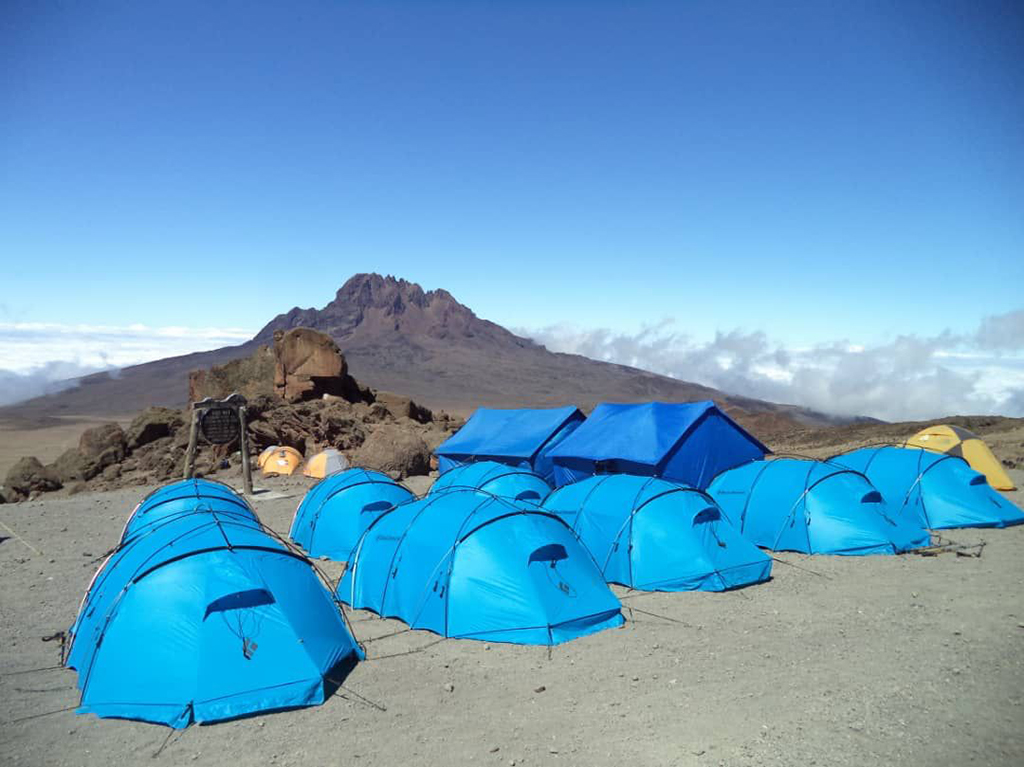
9. Extra Time Around Moshi – All of our climbs are based out of Moshi, which is about a 45min drive from the Kilimanjaro airport. Moshi is a small town at the base of Kilimanjaro with a wonderful climate and friendly atmosphere. All of our schedules are designed with an arrival day and departure day so that the first day starts when we pick you up at the airport and the first night and last night hotel is included. If you want to arrive early or spend a couple of extra days in Moshi after the climb we are happy to arrange additional hotel nights and will provide you with airport transfers as needed. We can arrange trips to the local hot springs, waterfalls, coffee plantations or just provide a guide to visit the town markets with you.
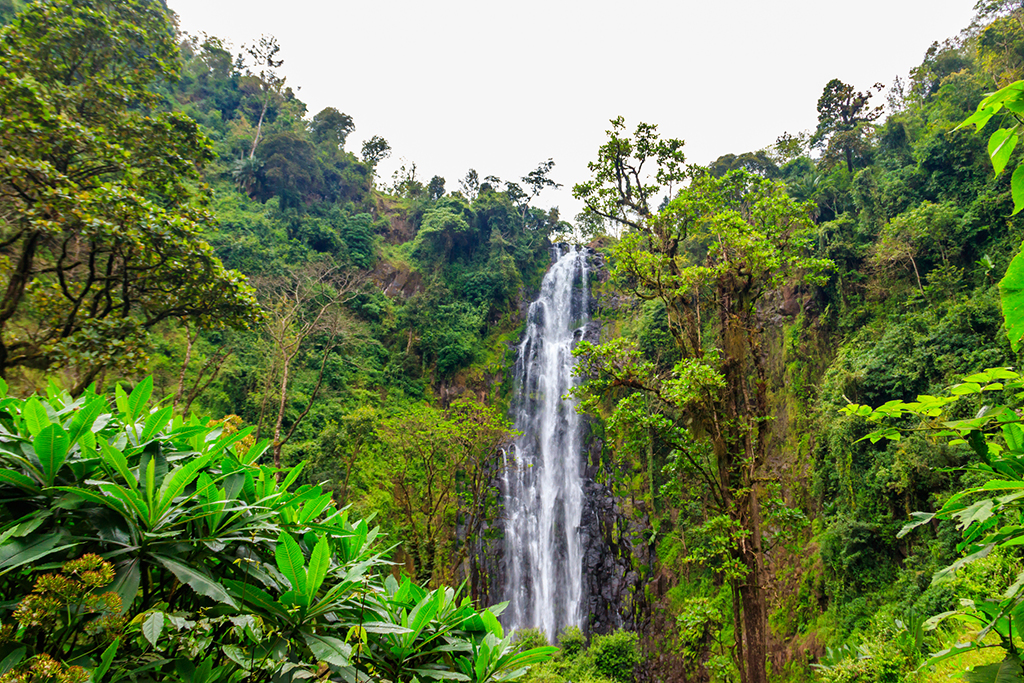
10. Mount Meru, Safari & Zanzibar – If you’re able to extend your trip a few days there is a lot more to see and do in Tanzania than just Kilimanjaro. Even just a 2 day Safari can be a great option and allows time to visit the Ngorongoro Crater which is home to over 25,000 large animals including; lions, Black Rhinos, Cape Buffalo, hippos, zebras, elephants and more. If you can extend your safari to 5 or 6 days you can visit the Serengeti and perhaps catch a glimpse of the Great Migration which consists of over two million wildebeest migrating back and forth between Kenya and Tanzania. For those looking to relax after the climb the beaches of Zanzibar can be the perfect escape.
- Following the Great Migration
- 20 Reasons to Visit Tanzania
- 6 Tips for Climbing Mount Meru
- Tanzania’s Northern Safari Circuit
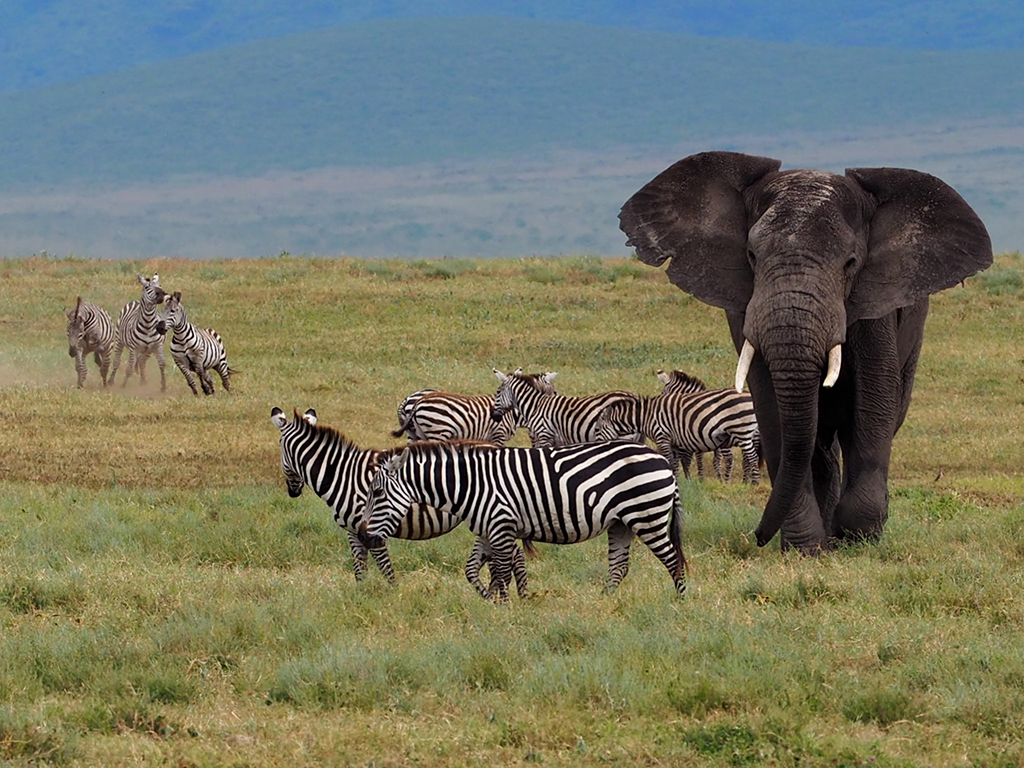
We hope this article was helpful and would love to aid in planning your climb. If you haven’t already don’t hesitate to reach out (email – info@adventurehero.com)! Please like, comment, and subscribe to our mailing list to let us know how we’re doing.








